The best Fujifilm X-Pro3 prices and deals
Fujifilm's X-Pro3 blends technology, tradition and quality – here's where to find one in stock at the best price
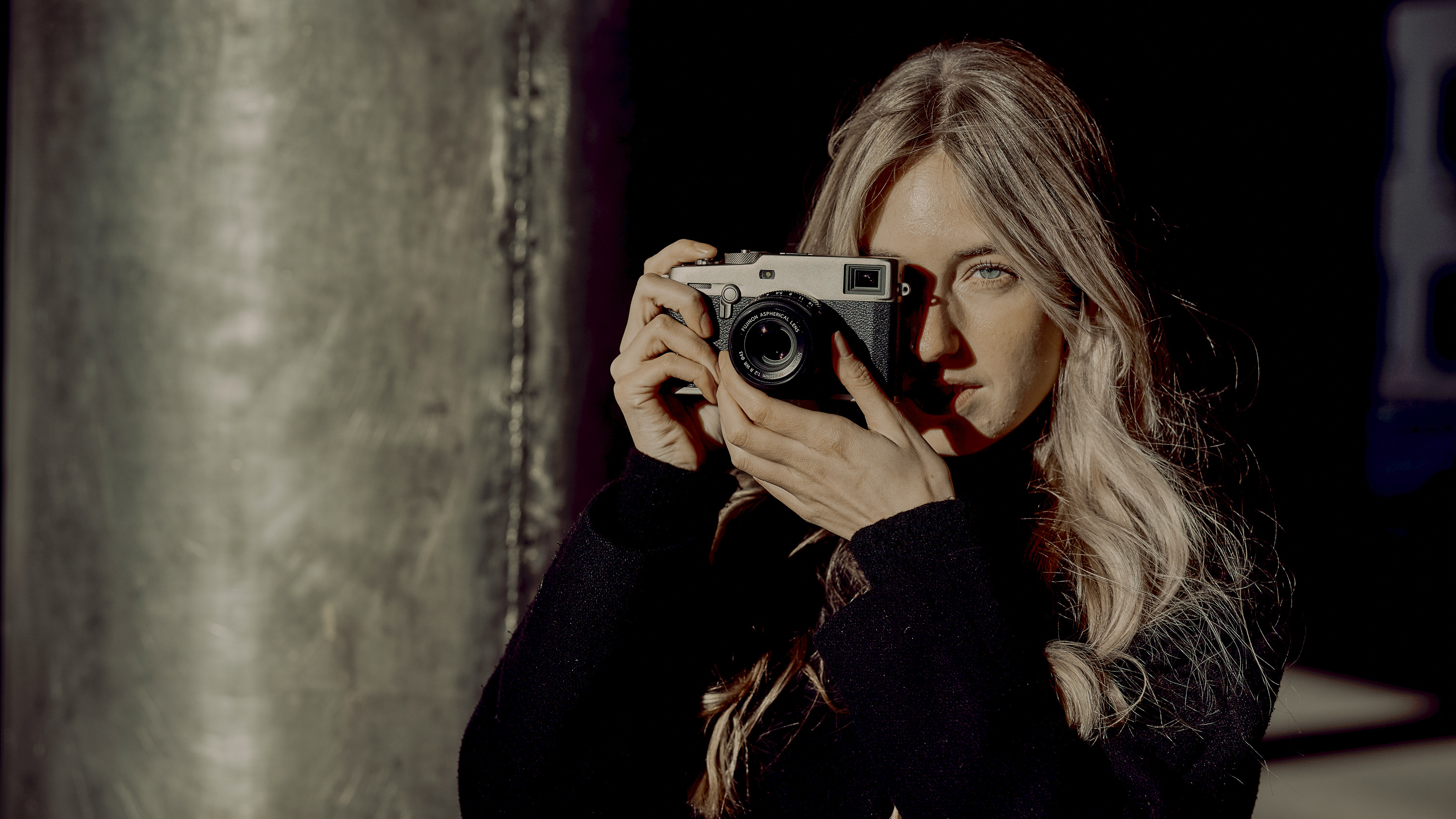
The latest model in the X-Pro series, the Fujifilm X-Pro3 goes further than its predecessors in recreating a traditional camera feel. Not only does this interchangeable lens mirrorless camera offer a rangefinder style hybrid eyelevel viewfinder - but it hides away its main LCD screen. The idea is that, with the screen needed to be opened up before being used to review you shots - you won't be tempted to look at your pictures after every exposure. This recreates something of the mystery of the days of film, perhaps - but also means you can concentrate on taking your next picture.
The construction is reassuringly robust, thanks to a four-sided magnesium alloy build - with a choice of three metallic finishes to suit your taste. A cool and unique feature is its eye-level ‘hybrid’ viewfinder, which means that a traditional optical and 3.69 million-dot electronic viewfinder are visible within the same window. As a best-of-both-worlds approach, it’s a very neat trick indeed (although it can take some getting used to).
Read more: The 10 best mirrorless cameras
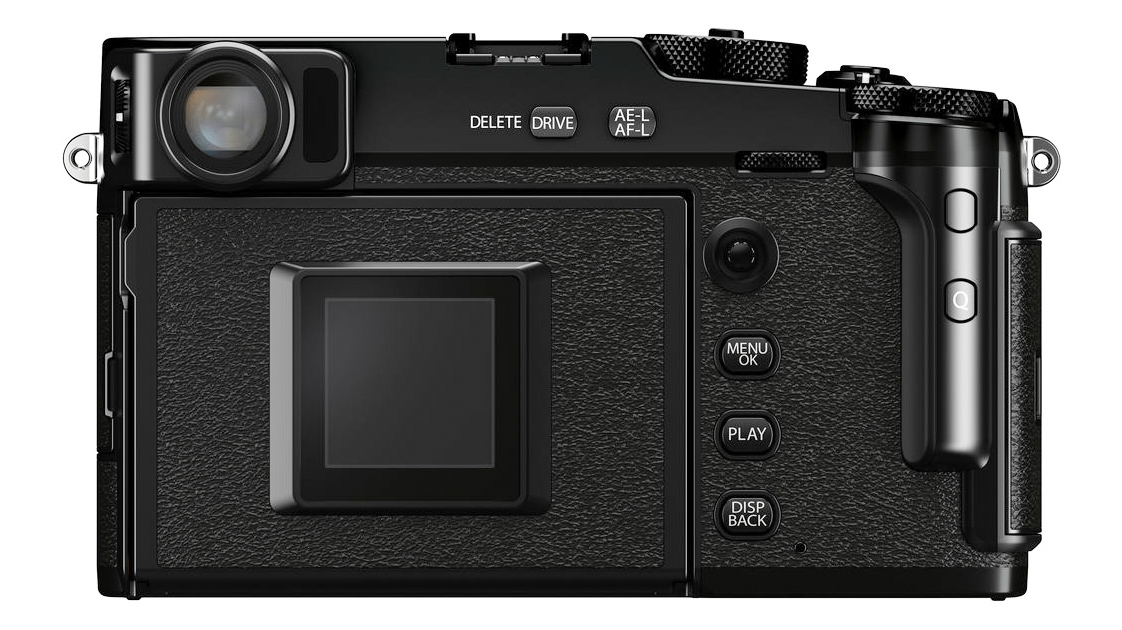
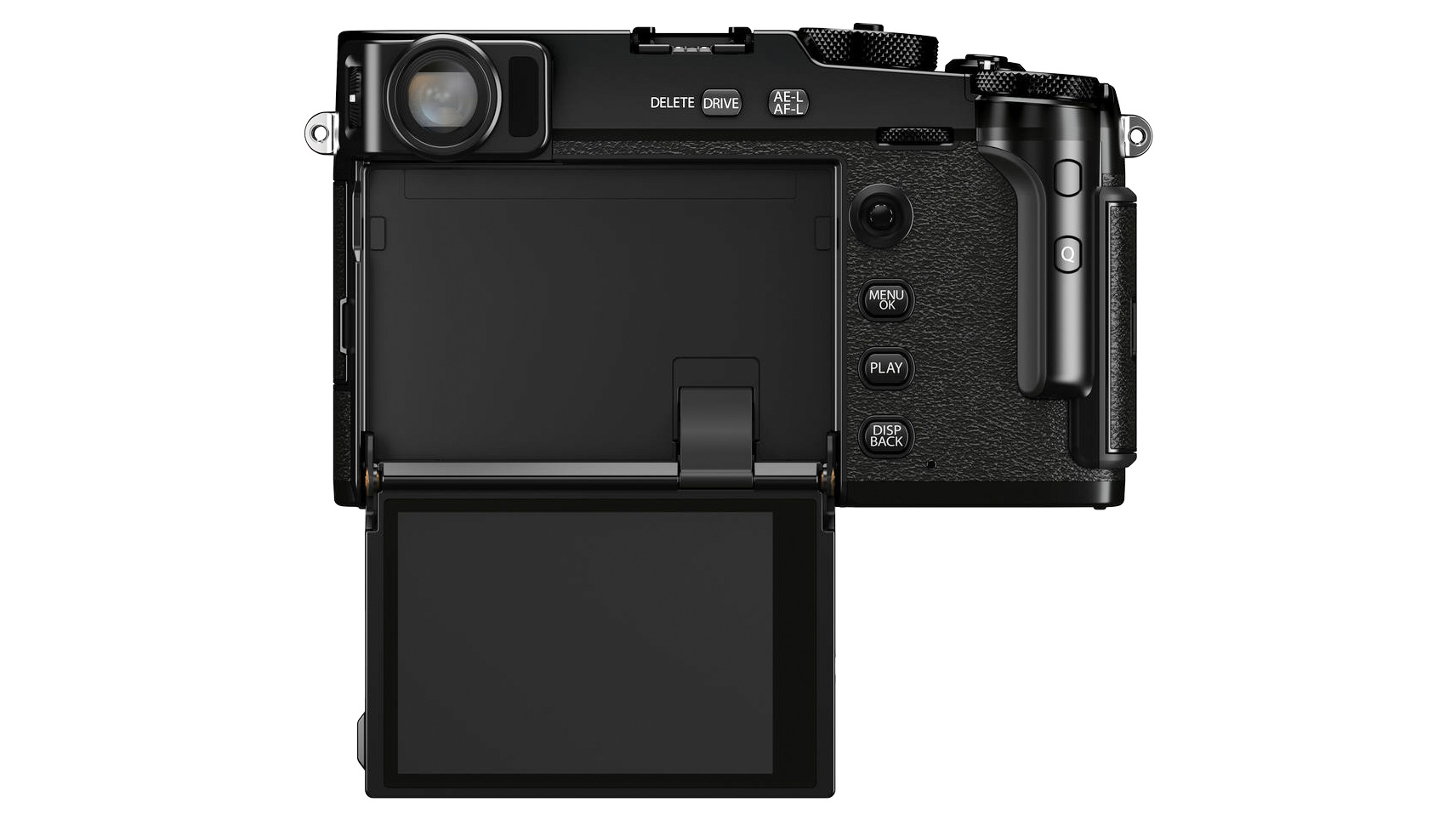
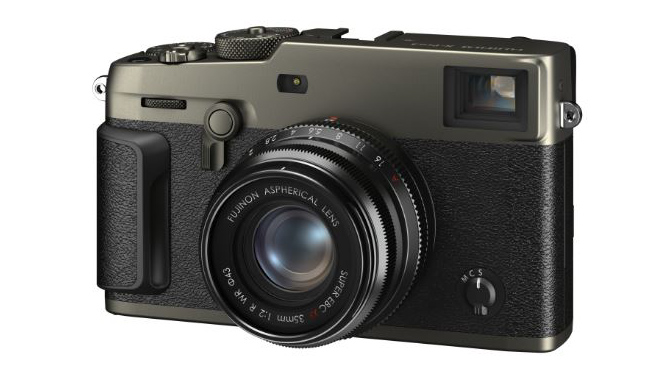
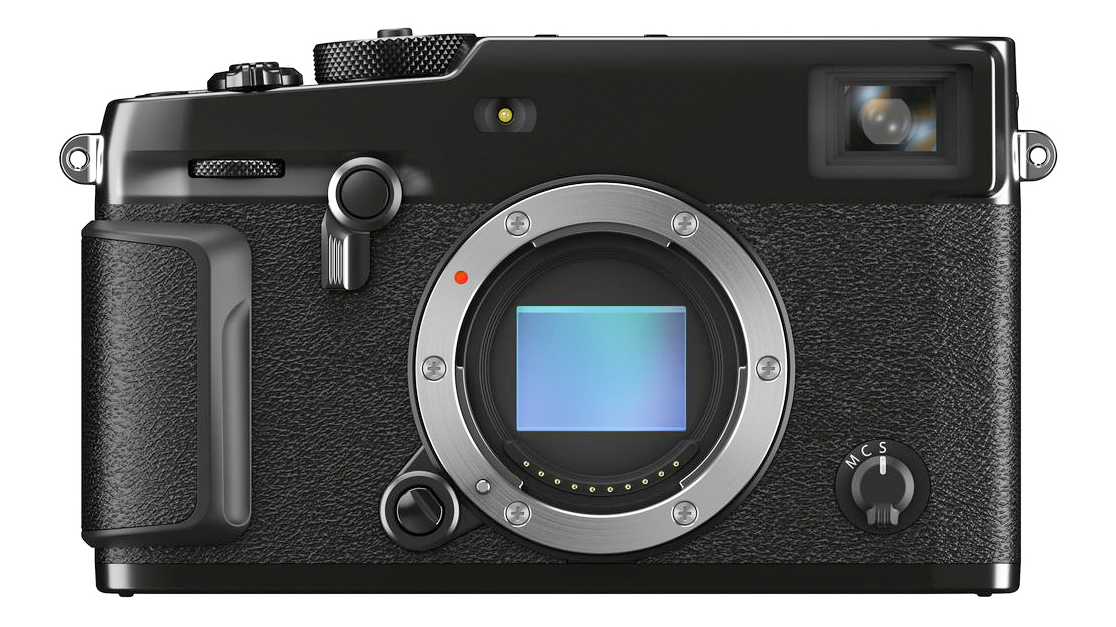
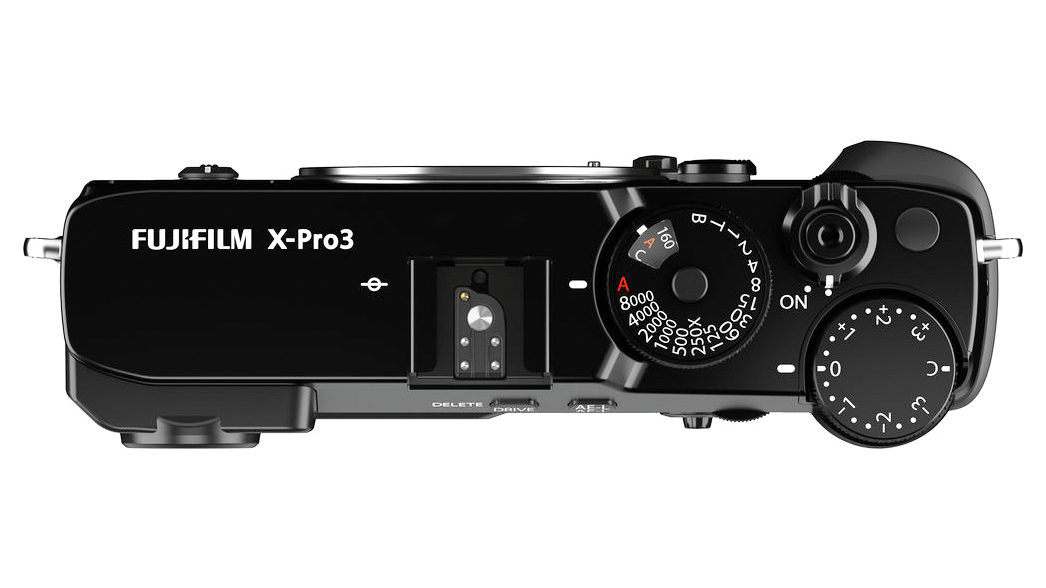


Fujifilm X-Pro 3 Key Specs
A modern classic that melds traditional handling with modern tech
Type: Mirrorless | Sensor: APS-C | Megapixels: 26.1MP | Lens mount: Fuji X | Screen: 3in tilting screen, 1.62million dots | Max burst speed: 11fps | Max video resolution: 4K | User level: Enthusiast/Professional
Apart from the unique back-to-front rear screen and hybrid viewfinder, the X-Pro3 inherits the 26.1MP APS-C X-Trans sensor already seen in the Fujifilm X-T3 and X-T30. This sensor, and the latest X-Processor 4 images processing, means the X-Pro3 can focus in light levels as low as -6EV – or close to pitch darkness.
There’s a new ‘Classic Neg’ film simulation mode added alongside Fujifilm’s highly regarded Velvia, Provia, Astia and other film simulation modes, and there’s a USB Type C (USB3.1 Gen1) port for fast image transfer and USB charging.
It should be very durable too, thanks to 70-point weather sealing, a magnesium chassis and titanium outer sections. There will also be two color variations with additional Duratect surface hardening, which also offers a premium finish.
The X-Pro3 also features a new in-camera HDR function which combines a series of shots at different exposures, multiple exposures of up to 9 frames in Additive, Average, Comparative Bright or Comparative Dark modes and a ‘Monochromatic Color’ function for adding rich color gradations to black and white images. It’s now possible to add Clarity to images and the Grain Effect function has been extended with ‘strength’ and ‘size’ adjustments.
Read more:
The best Fujifilm lenses
Best Fujifilm cameras
Fuji X-Pro 3 review
Get the Digital Camera World Newsletter
The best camera deals, reviews, product advice, and unmissable photography news, direct to your inbox!

For nearly two decades Sebastian's work has been published internationally. Originally specializing in Equestrianism, his visuals have been used by the leading names in the equestrian industry such as The Fédération Equestre Internationale (FEI), The Jockey Club, Horse & Hound, and many more for various advertising campaigns, books, and pre/post-event highlights.
He is a Fellow of the Royal Society of Arts, holds a Foundation Degree in Equitation Science, and holds a Master of Arts in Publishing. He is a member of Nikon NPS and has been a Nikon user since his film days using a Nikon F5. He saw the digital transition with Nikon's D series cameras and is still, to this day, the youngest member to be elected into BEWA, the British Equestrian Writers' Association.
He is familiar with and shows great interest in 35mm, medium, and large-format photography, using products by Leica, Phase One, Hasselblad, Alpa, and Sinar. Sebastian has also used many cinema cameras from Sony, RED, ARRI, and everything in between. He now spends his spare time using his trusted Leica M-E or Leica M2, shooting Street/Documentary photography as he sees it, usually in Black and White.
